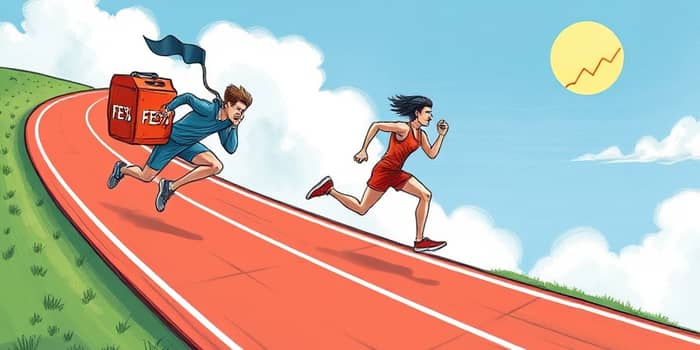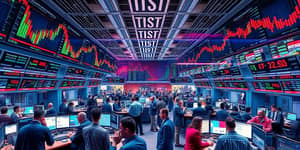
Investors and advisors have long debated the merits of active versus passive management. In recent years, data has made the argument increasingly clear: active funds frequently persistently underperform their benchmarks, particularly over long horizons. Industry reports and academic studies highlight a growing trend where high fees and market efficiency squeeze the returns of many active managers.
This article delves into the detailed performance trends, asset class breakdowns, fee impacts, statistical insights, historical cycles, and the behavioral implications driving investors toward passive solutions.
Comprehensive analyses, including the Morningstar 2024 year-end report and the S&P SPIVA Scorecards, reveal that only about 29% of active funds survived and beat their indexed peers over the past decade through mid-2024. Among U.S. large-cap growth funds, the ten-year success rate stands at a meager 2.5%, while large-cap value funds fare slightly better at 13.7%.
Short-term performance occasionally favors active managers—approximately 51% outperformed passive funds in the twelve months ending mid-2024. Yet over longer periods, passive index funds dominate, reflecting the market’s efficiency and cost structure.
Active management outcomes vary significantly by category:
Despite occasional pockets of outperformance, the majority of active funds across equity and foreign markets struggle to keep pace with their passive counterparts.
Expense ratios are a critical determinant of net returns. Studies indicate that actively managed funds underperform passive funds by about 0.90% per year on a value-weighted basis, largely attributable to higher fees. When active funds match the fee structure of passive counterparts, performance gaps narrow to statistical insignificance.
For hedge funds, pass-through fee structures can reach up to 7%, justified by advanced risk management technology and specialized strategies. However, investors must weigh the cost against consistent outperformance, which remains elusive for many.
Applying four-factor models shows that, once expenses are controlled, active and passive funds perform similarly on a risk-adjusted basis. The probability of selecting a winning active fund is low, and choosing a poor performer often leads to heavier losses than the gains from selecting a top performer.
The Morningstar success rate metric—funds that survive and outperform their benchmark—has been underwhelming across multiple periods, underscoring the difficulty of achieving sustained outperformance.
Performance dynamics have shifted over decades. Active funds outperformed from 2000 to 2009, but the 1990s and recent years highlight rising passive dominance. Market conditions, liquidity trends, and geopolitical uncertainty influence these cycles, as does investor sentiment toward active management.
Understanding cyclical performance swings can help investors avoid chasing past winners and calibrate expectations about when active strategies might regain an edge.
Underperformance has triggered significant outflows from active equity funds into passive vehicles, driven by a demand for transparency, lower costs, and consistent tracking. Investors are increasingly critical of high fees and seek clear evidence of value above benchmark returns.
Yet some active strategies continue to deliver meaningful alpha, particularly in less efficient markets or specialized niches. Success often hinges on talent, technology investment, and disciplined risk management.
To navigate the active-passive debate effectively, consider these guidelines:
By combining rigorous due diligence with an awareness of cost drivers and historical trends, investors can allocate more efficiently between active and passive strategies, maximizing the likelihood of achieving their financial objectives.
References













